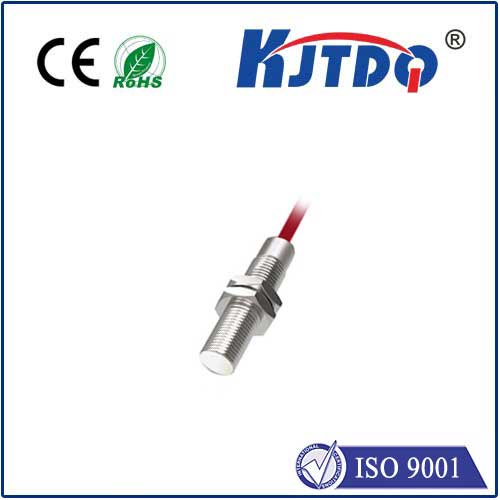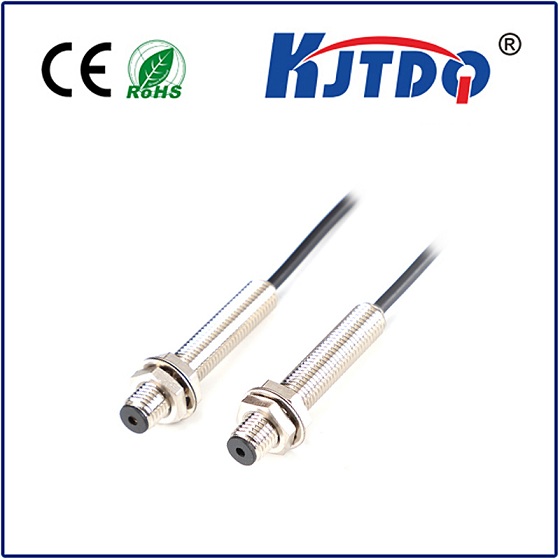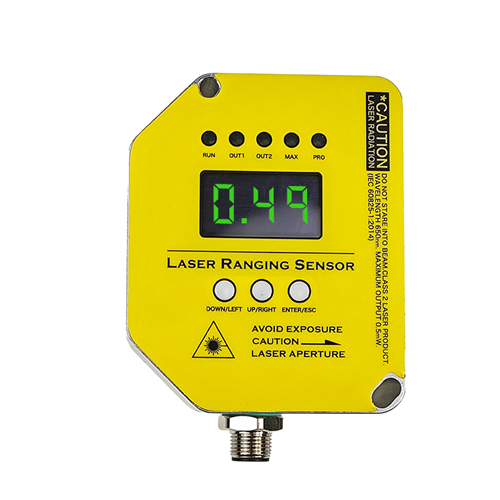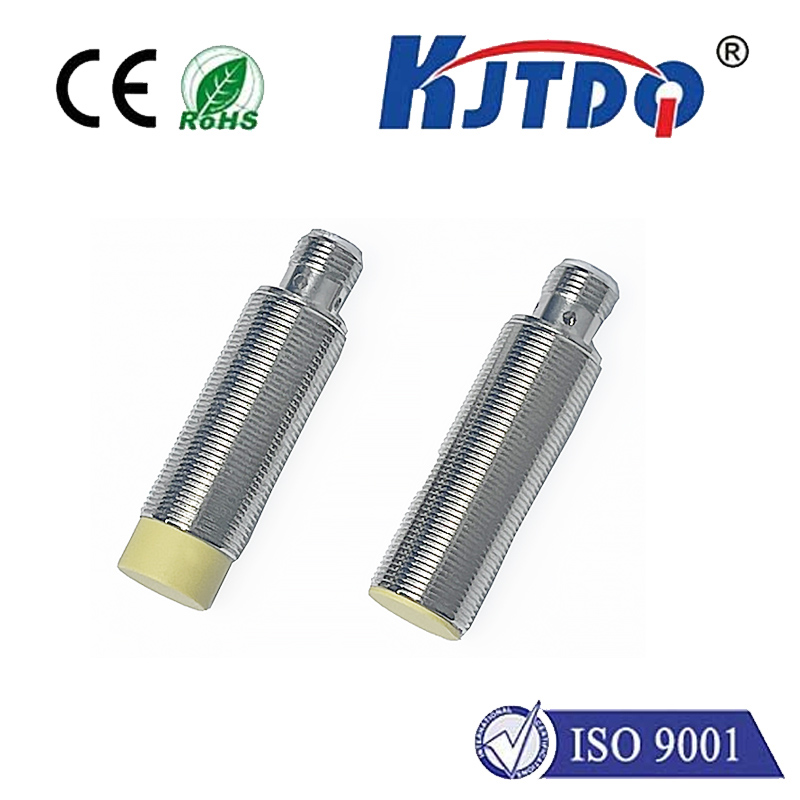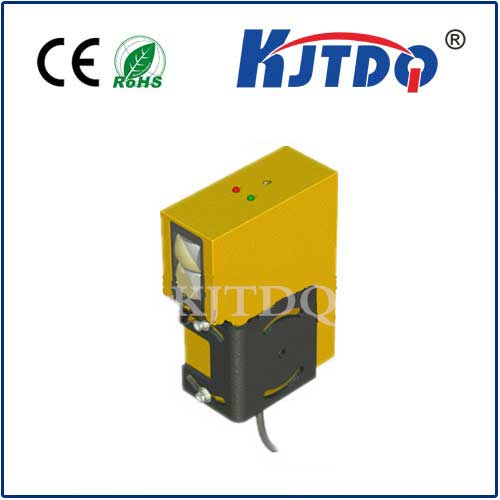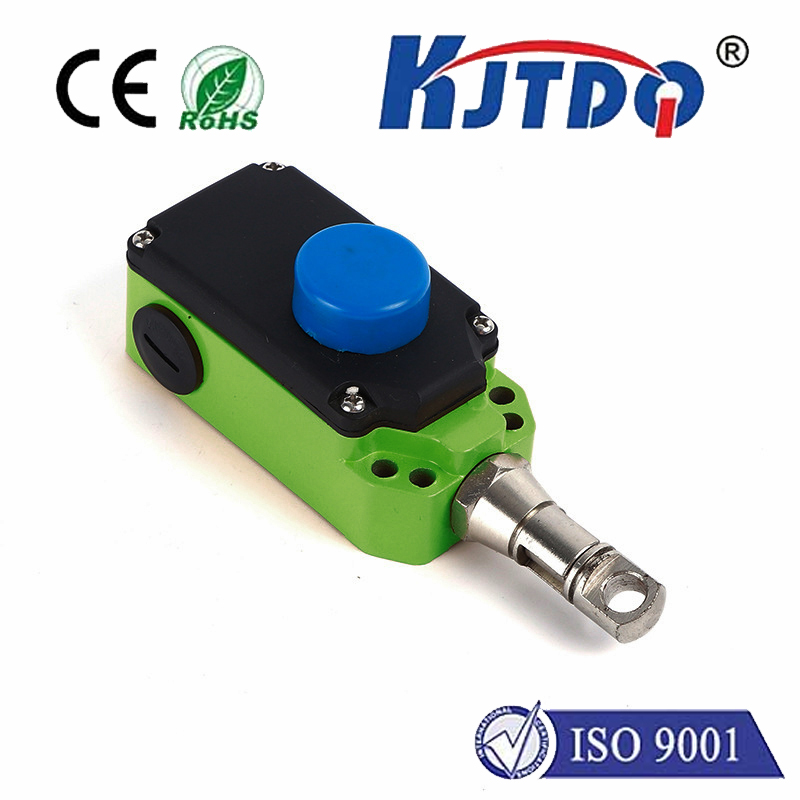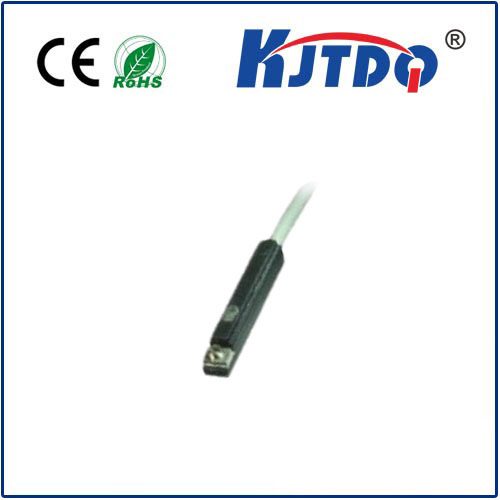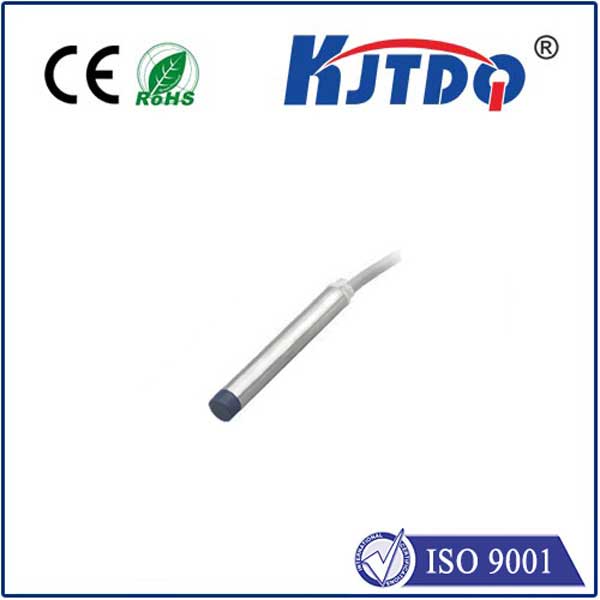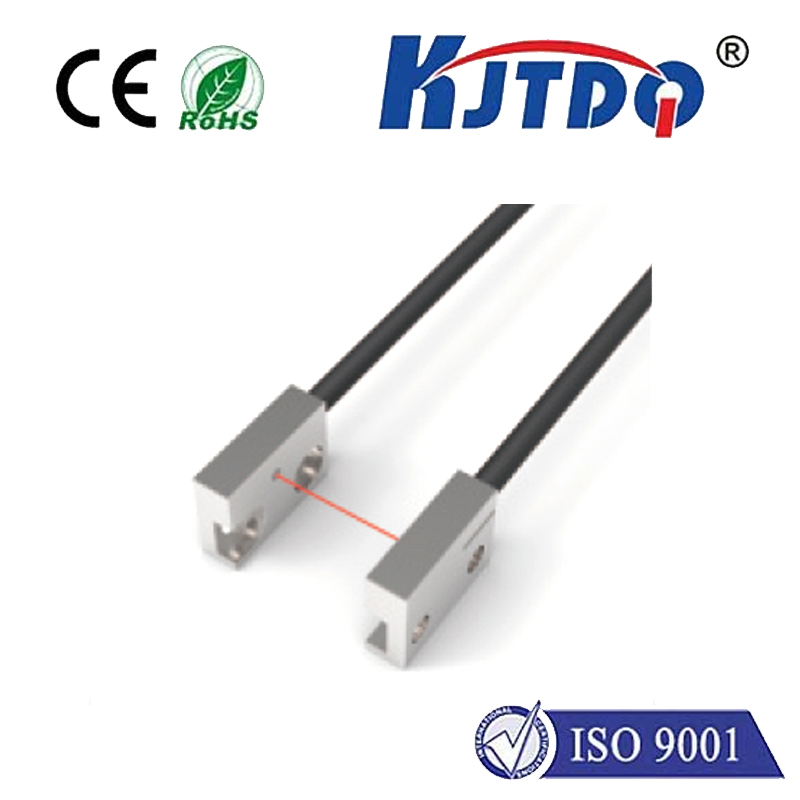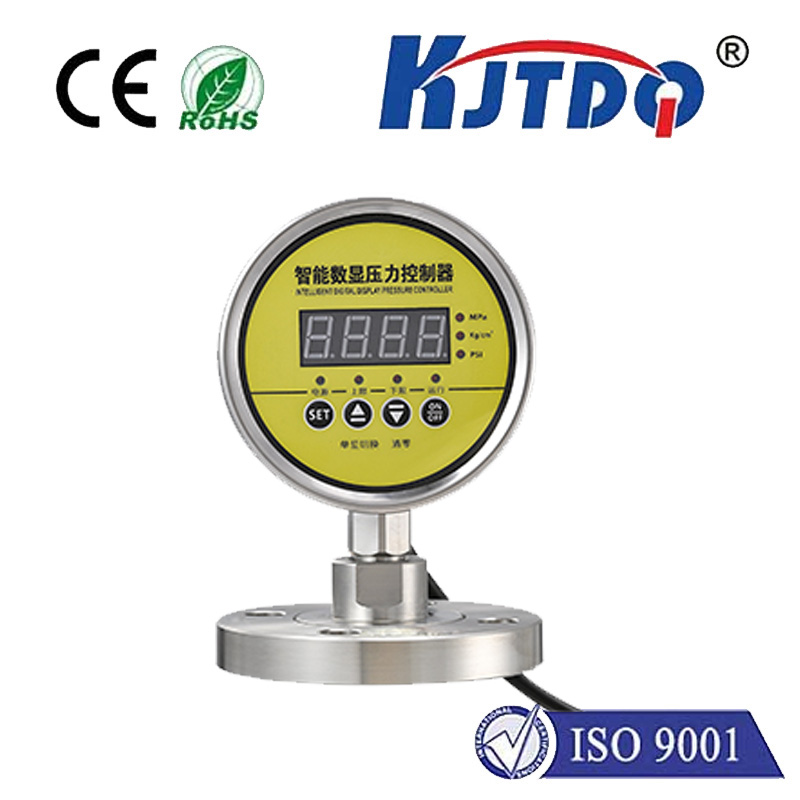

check

check

check

check

check

check

check

check

check

check
Photoelectric Switch: A Revolution in Automation and Control
The photoelectric switch is a revolutionary device that has transformed the way we control and automate various industrial processes. This innovative technology combines the principles of optics and electronics to create a highly reliable and precise switching mechanism. In this article, we will explore the features, advantages, and applications of photoelectric switches.
What is a Photoelectric Switch?
A photoelectric switch, also known as an optoelectronic sensor or light beam sensor, is a device that uses a beam of light to detect objects or measure distances. It consists of a light source, typically an LED or laser diode, and a photodetector, such as a photodiode or phototransistor. When an object interrupts the light beam, it triggers an electrical signal that can be used to activate or deactivate a circuit or machine.
Advantages of Photoelectric Switches
Photoelectric switches offer several advantages over traditional mechanical switches, including:

1. Non-contact operation: Unlike mechanical switches that require physical contact with the object being detected, photoelectric switches operate without touching the object. This eliminates the risk of wear and tear on moving parts and reduces maintenance costs.
2. High accuracy: Photoelectric switches are capable of detecting objects with great precision, even at high speeds. They can detect small changes in size, shape, or color, making them ideal for quality control applications.
3. Long lifespan: Since photoelectric switches have no moving parts, they can last for many years without requiring replacement or repair.
4. Environmentally friendly: Photoelectric switches do not produce any harmful emissions or waste, making them an eco-friendly alternative to other types of switches.
Applications of Photoelectric Switches
Photoelectric switches have numerous applications across various industries, including:
1. Manufacturing: In manufacturing plants, photoelectric switches are used to monitor production lines, detect defects in products, and control robotic arms and conveyor belts.
2. Packaging: Photoelectric switches are essential in packaging machines, where they ensure accurate product placement and prevent jams and misfeeds.
3. Automation: Photoelectric switches play a crucial role in automated systems, such as assembly lines and material handling systems, where they provide real-time feedback and control.
4. Retail: In retail environments, photoelectric switches are used for inventory management, security monitoring, and customer flow analysis.
5. Healthcare: In healthcare facilities, photoelectric switches are employed for patient safety, equipment monitoring, and medication dispensing systems.
Conclusion
Photoelectric switches represent a significant advancement in automation and control technology. Their non-contact operation, high accuracy, long lifespan, and environmental friendliness make them ideal for a wide range of applications across various industries. As technology continues to evolve, we can expect photoelectric switches to become even more advanced and versatile, further revolutionizing the way we live and work.
